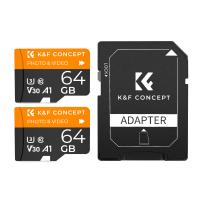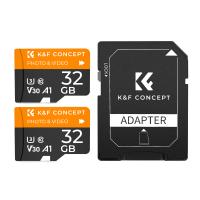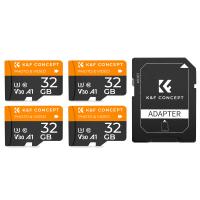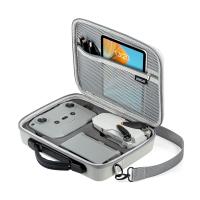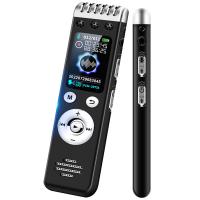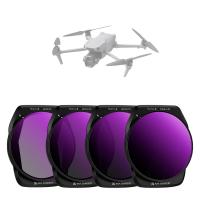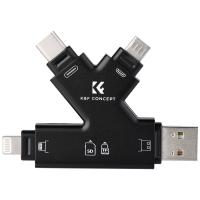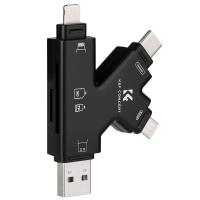How To Manage Sd Card On Android Phone?
Managing an SD card on an Android phone can be a crucial task for many users, especially those who rely on external storage to expand their device's capacity. Whether you're looking to free up space, transfer files, or ensure your data is secure, understanding how to effectively manage your SD card is essential. In this article, we will explore various aspects of SD card management on Android phones, providing you with practical tips and solutions to common problems.
Understanding SD Card Basics
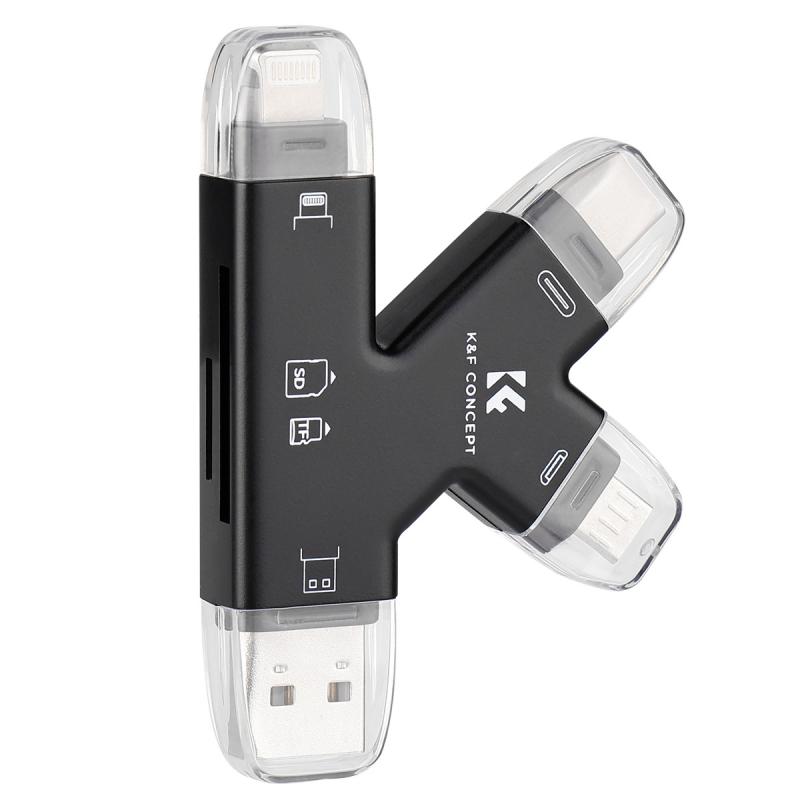
Before diving into the management techniques, it's important to understand the basics of SD cards. SD cards come in different sizes and capacities, ranging from a few gigabytes to several terabytes. They are used to store various types of data, including photos, videos, music, apps, and documents. Most modern Android phones support microSD cards, which are smaller versions of standard SD cards.
Inserting and Setting Up Your SD Card

1. Inserting the SD Card:
- Power off your Android phone.
- Locate the SD card slot, which is usually found on the side of the device or under the back cover.
- Insert the SD card into the slot, ensuring it is properly aligned.
- Power on your phone.
2. Setting Up the SD Card:
- Once the phone is powered on, you will receive a notification indicating that a new SD card has been detected.
- Tap on the notification and follow the on-screen instructions to set up the SD card.
- You may be prompted to choose between using the SD card as portable storage or internal storage. Portable storage is ideal for transferring files between devices, while internal storage allows you to store apps and data directly on the SD card.
Transferring Files to the SD Card
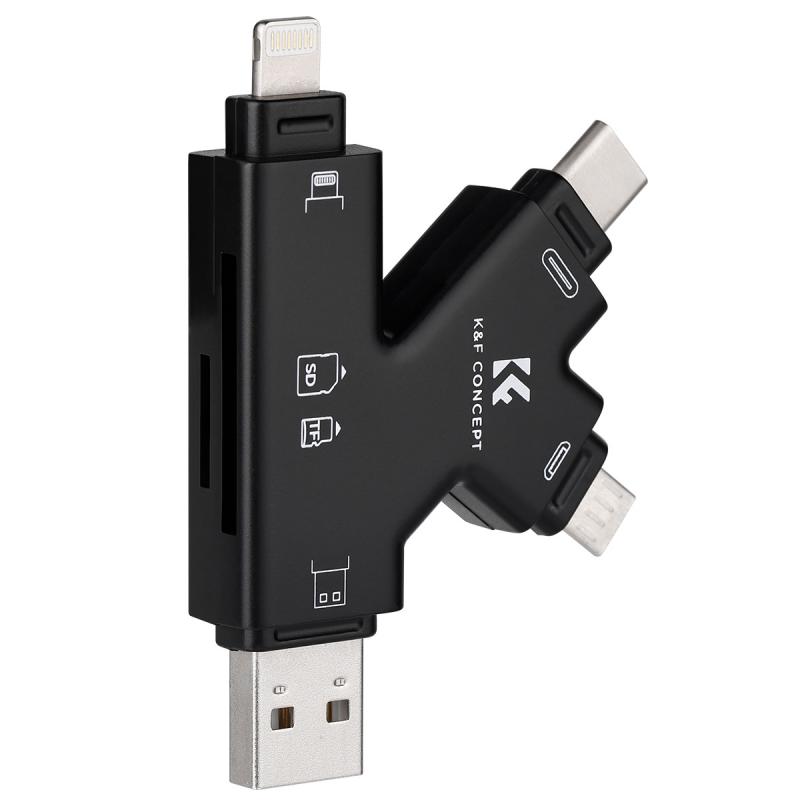
One of the primary reasons for using an SD card is to free up internal storage by transferring files. Here’s how you can do it:
1. Using the File Manager:
- Open the File Manager app on your Android phone.
- Navigate to the files you want to transfer.
- Select the files and choose the "Move" or "Copy" option.
- Navigate to the SD card and select the destination folder.
- Confirm the transfer.
2. Using a Computer:
- Connect your Android phone to a computer using a USB cable.
- Select the "File Transfer" mode on your phone.
- Open the phone's storage on your computer and locate the files you want to transfer.
- Drag and drop the files to the SD card folder.
Managing Apps on the SD Card
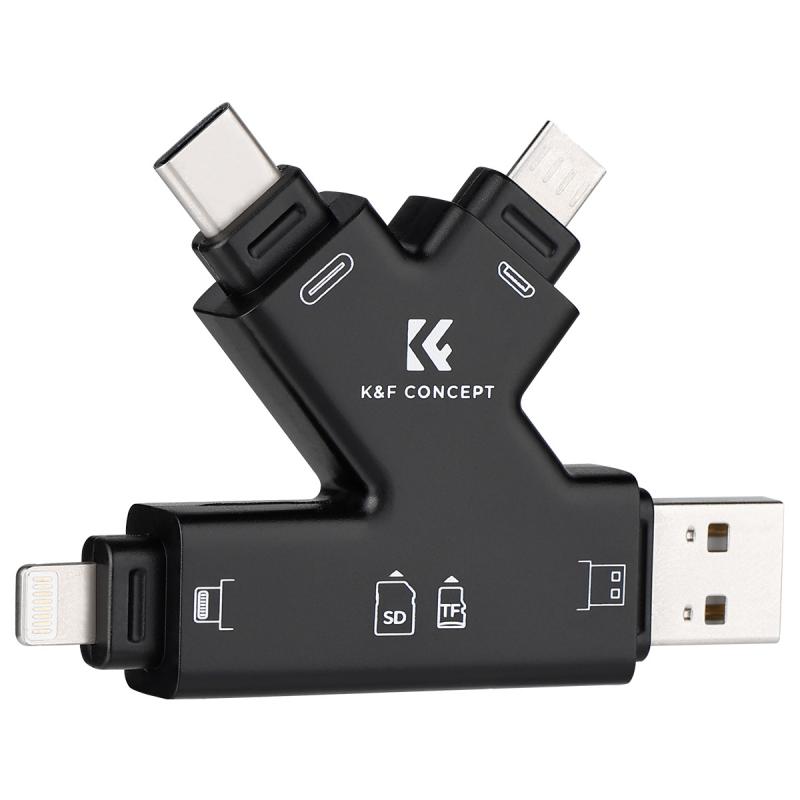
If you have chosen to use your SD card as internal storage, you can move apps to the SD card to free up space on your phone’s internal memory. Here’s how:
1. Moving Apps to the SD Card:
- Go to "Settings" on your Android phone.
- Navigate to "Apps" or "Application Manager."
- Select the app you want to move.
- Tap on "Storage" and then select "Change" under "Storage used."
- Choose "SD card" and confirm the move.
2. Setting Default Storage Location:
- Go to "Settings" and select "Storage."
- Tap on "Preferred install location" and choose "SD card."
- This will ensure that new apps are installed directly on the SD card.
Backing Up and Formatting the SD Card
Regular backups and formatting are essential for maintaining the health and performance of your SD card.
1. Backing Up Data:
- Connect your Android phone to a computer.
- Select the "File Transfer" mode.
- Copy the contents of the SD card to a folder on your computer.
- Alternatively, you can use cloud storage services like Google Drive or Dropbox to back up your data.
2. Formatting the SD Card:
- Go to "Settings" on your Android phone.
- Navigate to "Storage" and select your SD card.
- Tap on "Format" or "Format as internal" depending on your needs.
- Confirm the action. Note that formatting will erase all data on the SD card, so ensure you have a backup before proceeding.
Troubleshooting Common Issues
Despite their convenience, SD cards can sometimes present issues. Here are some common problems and their solutions:
1. SD Card Not Detected:
- Ensure the SD card is properly inserted.
- Restart your phone.
- Try the SD card in another device to check if it’s a card issue.
- If the card is still not detected, it may be corrupted and require formatting.
2. Slow Performance:
- Ensure you are using a high-speed SD card (Class 10 or UHS-I).
- Regularly format the SD card to maintain performance.
- Avoid using the SD card for apps that require high read/write speeds.
3. Data Corruption:
- Always safely eject the SD card before removing it.
- Regularly back up your data to prevent loss.
- Use reliable antivirus software to scan for malware.
Managing an SD card on an Android phone involves several steps, from initial setup to regular maintenance and troubleshooting. By understanding how to effectively use and manage your SD card, you can significantly enhance your device's storage capacity and performance. Whether you’re transferring files, moving apps, or backing up data, these tips will help you make the most of your SD card and ensure your data remains secure and accessible.





